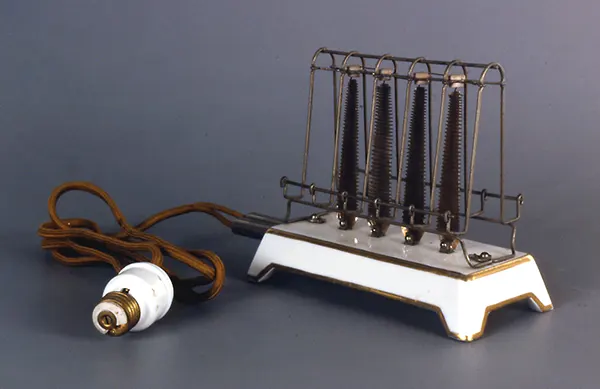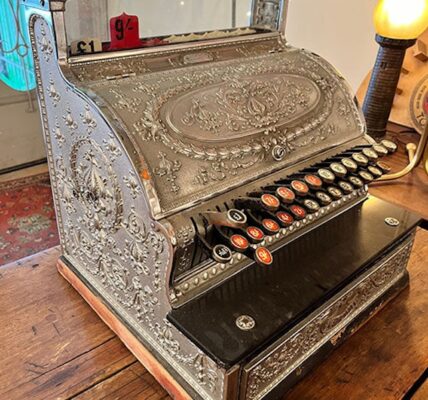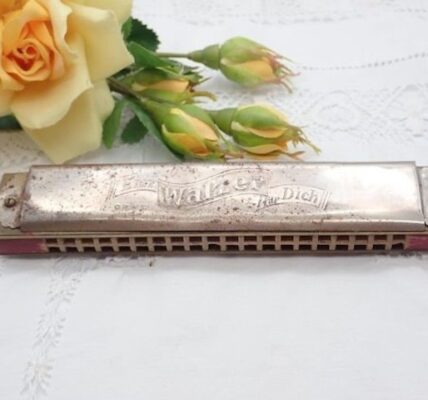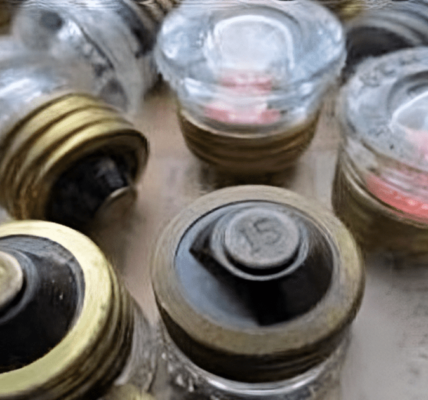Toasters have become a quintessential part of our kitchens, turning ordinary slices of bread into golden perfection with the press of a button. But how did this unassuming appliance transform into an everyday essential? The history of toasters is a fascinating journey through innovation and design. Let’s explore the milestones that shaped the toaster as we know it today.
The Origins of the Toaster: Humble Beginnings
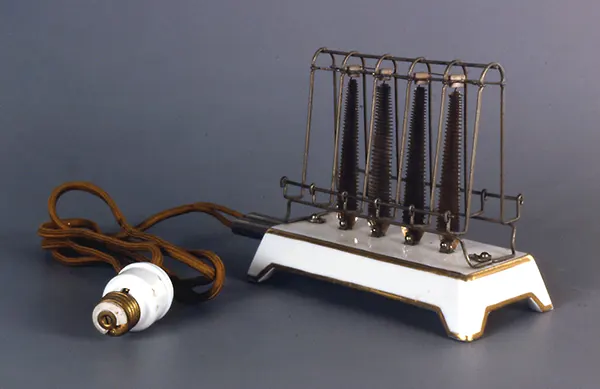
The toaster’s story begins in 1893, with the invention of the first standalone electric toaster, the Eclipse, created by Crompton & Company of Chelmsford, Essex. This early design was rudimentary, using exposed wires to toast one side of the bread at a time. While revolutionary, these initial models faced a significant challenge: their heating elements couldn’t withstand repeated use without breaking.
In 1905, this problem was solved when Albert Marsh, a young engineer, developed Nichrome, an alloy of nickel and chromium. This durable, heat-resistant material became the foundation for reliable toaster designs, paving the way for the next wave of innovation.
Game-Changing Innovations in Early Toaster Design
As the 20th century began, the toaster evolved from a simple idea into a household necessity. Several key innovations propelled its popularity:
- General Electric Model D-12 (1909): The first commercially successful toaster. It featured Nichrome heating elements, making consistent toasting possible.
- The Pop-Up Toaster (1919): Invented by Charles Strite, this groundbreaking design automated the toasting process. Bread would pop up when ready, eliminating the need for manual flipping—a feature that defined modern toasters.
By the 1920s, electric toasters became common in American households, thanks to their convenience and efficiency. Manufacturers competed to introduce unique designs, making toasters a centerpiece of breakfast tables.
The Golden Era of Manual Toasters
During the 1920s and 1930s, manual toasters gained popularity for their functional yet innovative designs. These models required some user interaction but also added charm to morning routines:
- The Turnover Toaster: Equipped with spring-loaded doors, this toaster allowed users to flip the bread manually to toast both sides. Its simplicity and effectiveness made it a household favorite.
- The Flopper: A playful design with hinged metal doors that opened to release the toast. This quirky feature added a touch of fun to breakfast.
- The Swinger: Featuring a rotating basket, this toaster toasted both sides of the bread with a simple turn of a knob. It even left unique patterns on the toast, adding an artistic flair to meals.
These manual toasters combined practicality with personality, becoming beloved kitchen companions.
The Automatic Revolution: Pop-Up Toasters Take Over
In 1926, the Toastmaster, a pop-up toaster with built-in timers, revolutionized breakfast routines. This device introduced several key features:
- Automatic Toasting: No more flipping or constant attention—toast popped up when done.
- Dual-Sided Heating: Heating elements on both sides ensured even toasting.
- Adjustable Darkness Settings: Users could control the level of toasting to suit their preferences.
The Toastmaster made automatic toasting accessible to the average household, turning a luxury appliance into a practical necessity.
Creative and Iconic Toaster Designs
Toasters were more than functional appliances—they became symbols of style and ingenuity. Here are some standout designs from the mid-20th century:
- The Sweetheart Toaster: A sleek model with swinging baskets for easy bread placement, designed for even and efficient toasting.
- Four-Slice Swinger: Catering to larger families, this design could toast four slices simultaneously. Despite its initial cost, its popularity grew thanks to installment payment plans offered by manufacturers.
These designs showcased the toaster’s potential to blend form and function, making it a conversation starter in kitchens across the country.
Modern Toasters: Blending Tradition with Technology
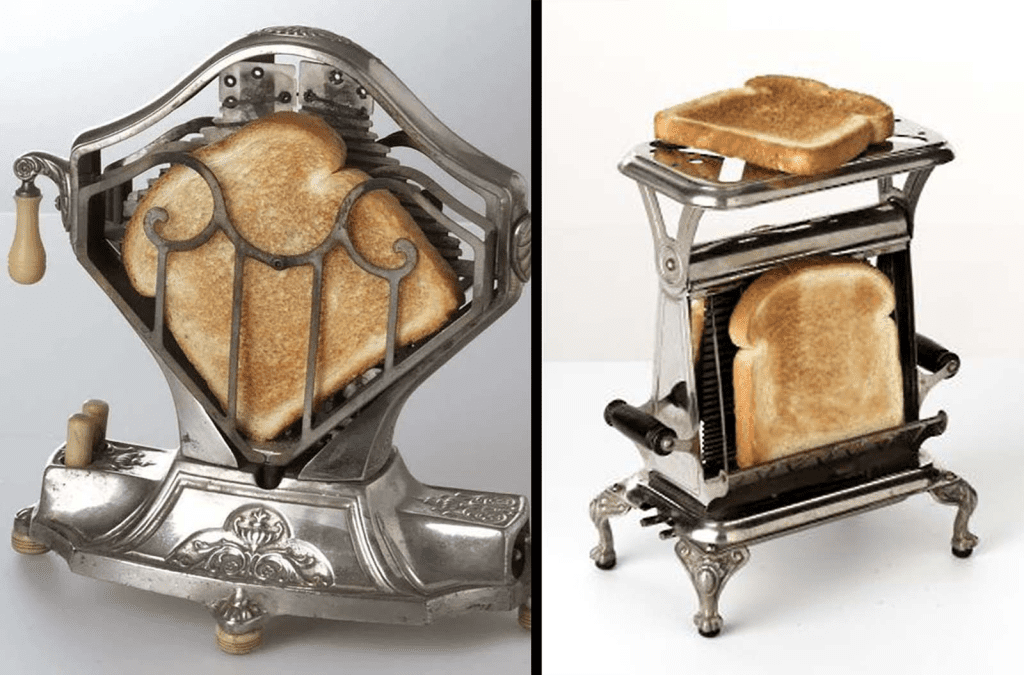
While the basic function of a toaster has remained the same, modern designs incorporate advanced technology to meet contemporary needs. Features of today’s toasters include:
- Smart Settings: Presets for bagels, defrosting frozen bread, and reheating slices.
- Touchscreen Controls: Precise adjustments for perfect results every time.
- Extra-Wide Slots: Accommodating artisanal bread, thick bagels, and pastries.
- Energy Efficiency: Reducing power consumption without compromising performance.
These advancements ensure that toasters continue to evolve with the demands of modern households, blending convenience with cutting-edge design.
The Toaster’s Impact on Everyday Life
Why do toasters hold such a special place in our kitchens? Beyond their practical use, toasters represent comfort and simplicity. They’re a cornerstone of countless morning routines, delivering the satisfaction of a perfectly crisp slice of bread or a warm bagel.
Toasters also embody human ingenuity—turning a basic need into an art form. From the earliest manual designs to today’s high-tech models, the toaster’s journey reflects our ability to innovate and adapt.
Caring for Your Toaster: Tips for Longevity
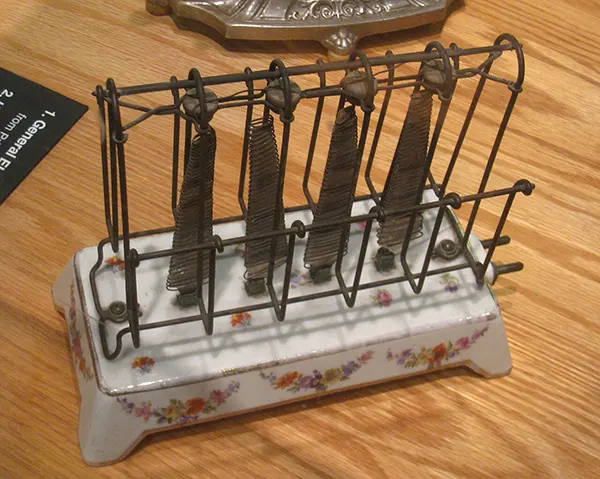
To keep your toaster in top shape, regular maintenance is essential. Here are a few tips:
- Clean Crumbs Regularly: Empty the crumb tray to prevent buildup and potential fire hazards.
- Check for Damage: Inspect the cord and heating elements for wear and tear.
- Avoid Overloading: Use slots as intended to prevent jamming or uneven toasting.
- Wipe Down Surfaces: Keep the exterior clean to maintain its aesthetic appeal.
Proper care not only extends the life of your toaster but also ensures consistent performance.
Conclusion: A Breakfast Hero That Stands the Test of Time
From its humble beginnings in the late 19th century to the sophisticated designs of today, the toaster has come a long way. It has transformed from a rudimentary gadget to a must-have appliance, revolutionizing breakfast culture along the way.
Next time you enjoy a perfectly toasted slice, take a moment to appreciate the innovation and history behind your trusty toaster. It’s more than an appliance—it’s a symbol of how technology can elevate even the simplest pleasures in life. Whether you’re a fan of vintage designs or cutting-edge smart toasters, this kitchen icon continues to brighten mornings one golden slice at a time.
